News
-
Tivoli to deliver grounds maintenance services for Yorkshire Housing Tuesday, 26 March 2024
-
Nominate Your Outstanding Team Members for Recognition! Monday, 18 March 2024
-
Festive’s New Showroom in Enfield Opens on February 19th! Friday, 16 February 2024
-
Green Wall Day February 15th, 2024 Tuesday, 13 February 2024
plants@work
The importance of green infrastructure
Last week was World Green Building Week organised by the World Green Building Council. There are 70 green building councils in many countries around the world including our own UK Green Building Council; this week was an opportunity for them all to promote one theme. This year that theme has been all about climate change and taking action. To quote them, ‘#ActOnClimate. We're calling on the building sector, policymakers and governments to take urgent action to deliver net zero buildings.’
How can our industry help? We know that many of you work with architects, that many of you can influence the design of buildings albeit usually when it comes to the interior design stage. So as well as supporting last week’s campaign via social media, we wanted to add this reminder about just how plants can help.
We are concentrating on three main areas: green roofs, exterior green walls and interior green walls.
Interior green walls
Green walls, mobile green dividers (usually on castors) and green pictures are popular ways to use plants for interior spaces. They certainly look good; they are good when floor space is at a premium and they bring benefits in the form of stress relief and enhancing productivity.In addition to that they are also known to refresh the air and add insulation to the building meaning that energy can be saved on air conditioning and heating.
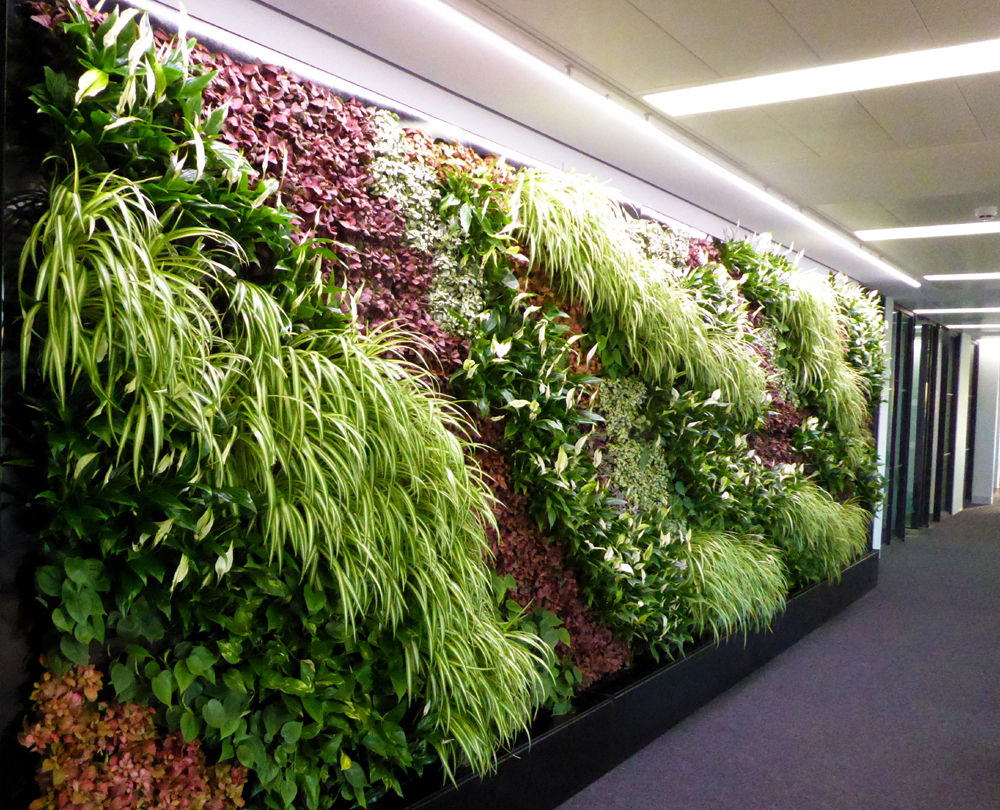
Gold Leaf Award winning wall 2018 (Enterprise Plants)
For these and their aesthetic qualities, green walls have become a popular ‘backbone’ for large buildings in cities in particular. They help to give occupants a feeling that they are surrounded by nature and fulfil part of our biophilic needs.
Exterior green walls
When it comes to exterior green walls, their usefulness is far more than aesthetic although that is certainly a plus. In busy, built-up cities they are known to dissipate polluted air and reduce the Heat Island effect caused by the concentration of buildings, traffic and people in inner cities. Exterior green walls can reduce temperatures by as much as 10 degrees centigrade. No mean feat as climate change increases temperatures every year and they are thought to rise to levels not seen in 50 million years by 2300.
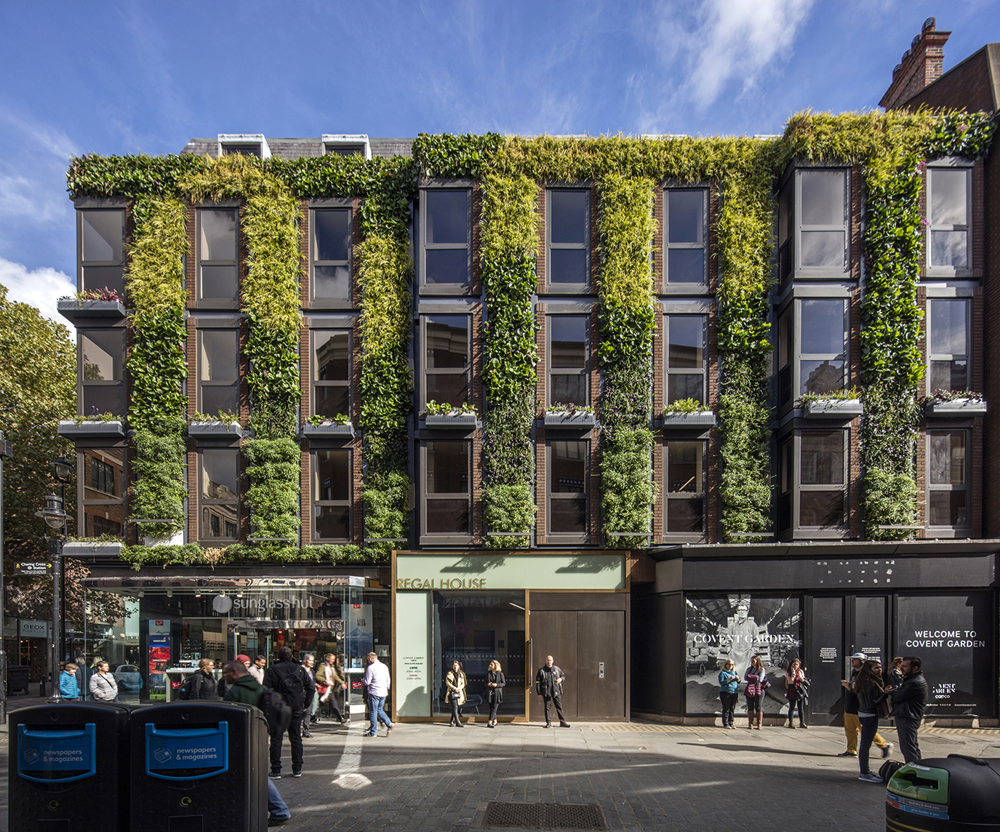
Regal House, Covent Garden (Biotecture), Best Project 2019 Green Leaf Awards
Exterior green walls also encourage biodiversity offering homes for insects, birds and bees. All very important for our cities.
Another big plus is the fact that they help to decrease inner-city pollution by absorbing pollutants in the air. These aren’t difficult to find in the centre of cities where modern life continues to pollute our built-up areas. This is particularly important when a recent report finds that 3 million working days are lost each year in the UK to air pollution.
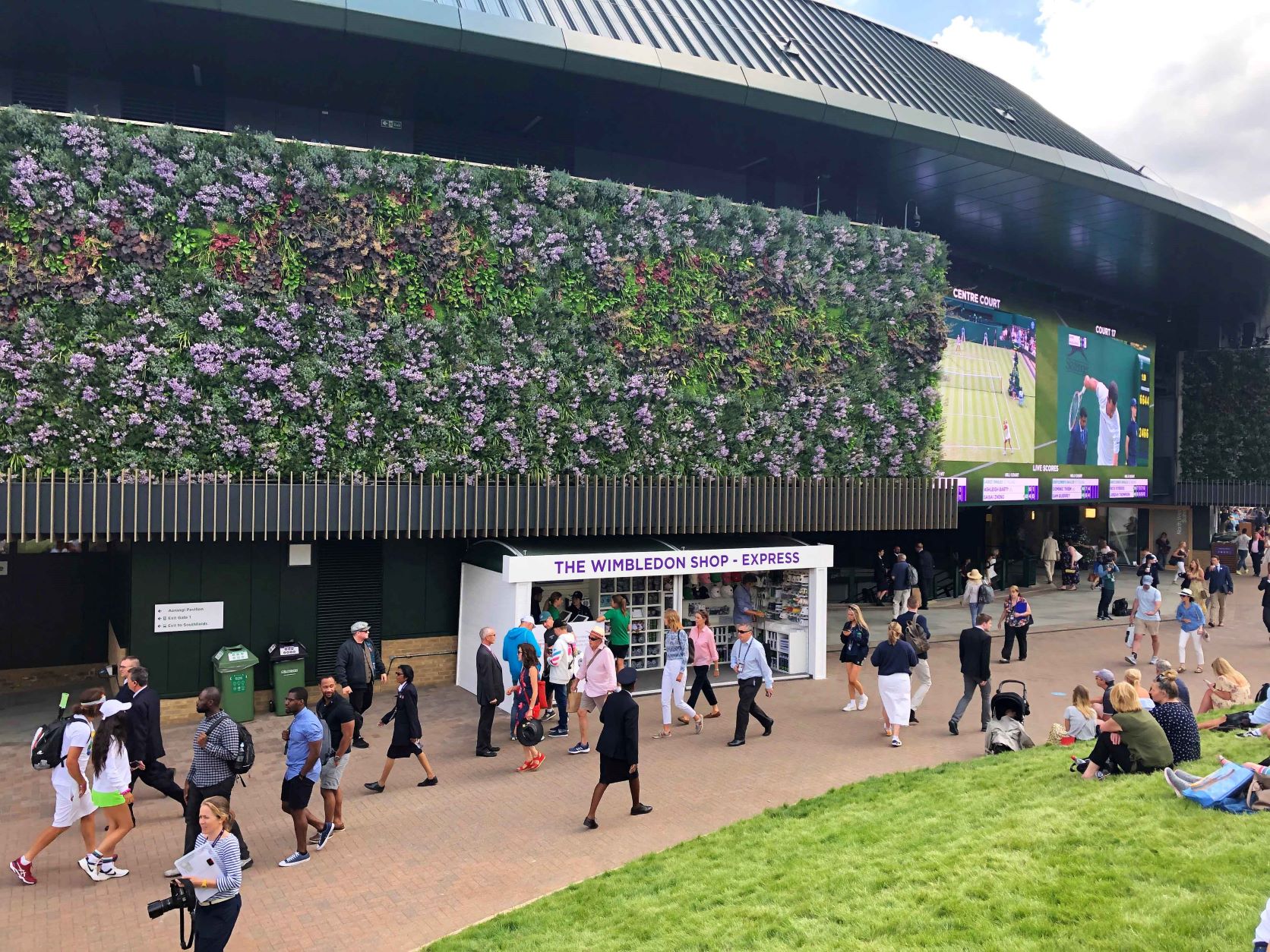
Biotecture's green wall at Court No 1 Wimbledon
They also offer views of nature to those working in or populating high rise buildings. They get a view of nature rather than just bricks and mortar.
Green roofs
Green roofs are becoming increasingly popular as we recognise their benefits. While France tried to pass a bill that ensured all new buildings in commercial districts had either green roofs or ones with solar panels, around the world green roofs are being recognised as a way to green and cool a city.
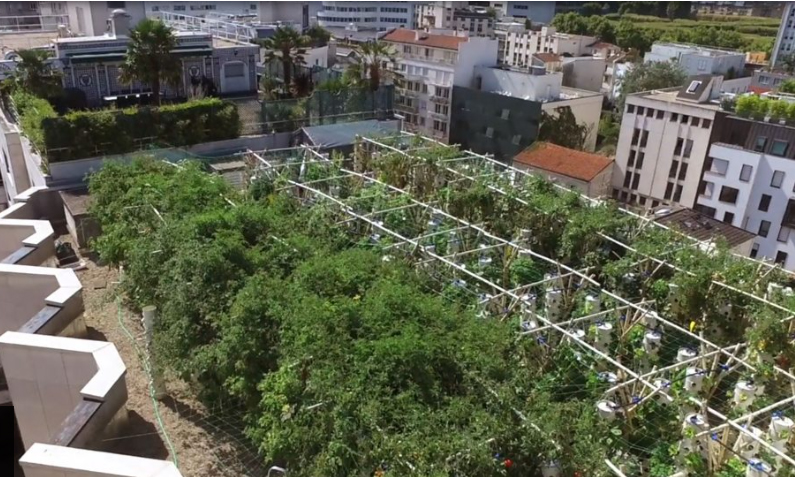
Largest rooftop farm in Paris
In New York, legislation has aimed at capping building emissions and promoting green living as part of an environmentally conscious future. A number of laws and ordinances have been created to cap CO2 emissions from buildings, two of which focus on roofs. They require that all new buildings - as well as existing buildings undergoing major renovation of their roofs - install solar panels, green roofs or a combination of the two. There are challenges and exciting opportunities in doing both.
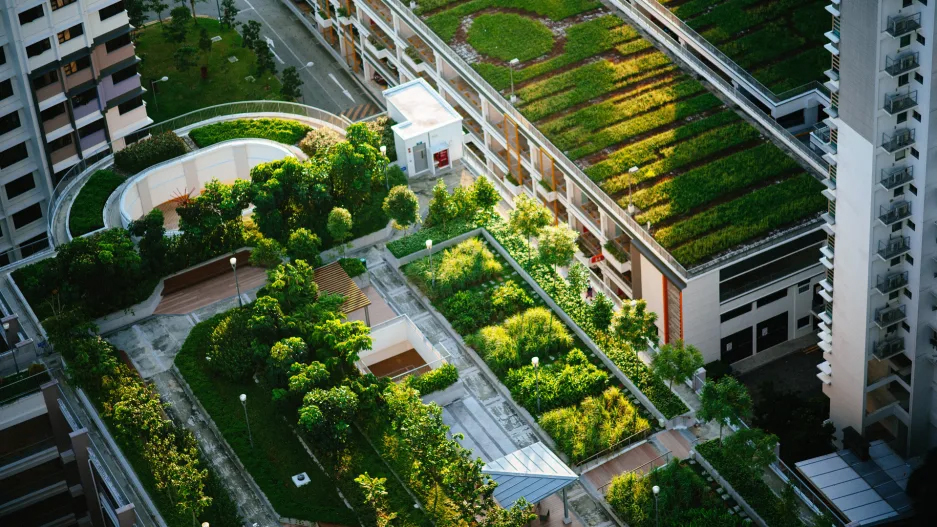
Green roofs act as thermal insulation retaining heat inside in colder weather or keeping it cool during warmer months. Just like the walls, this reduces the Urban Heat Island effect which helps to reduce building energy costs which can’t be bad. It can also provide sound insulation inside the building.
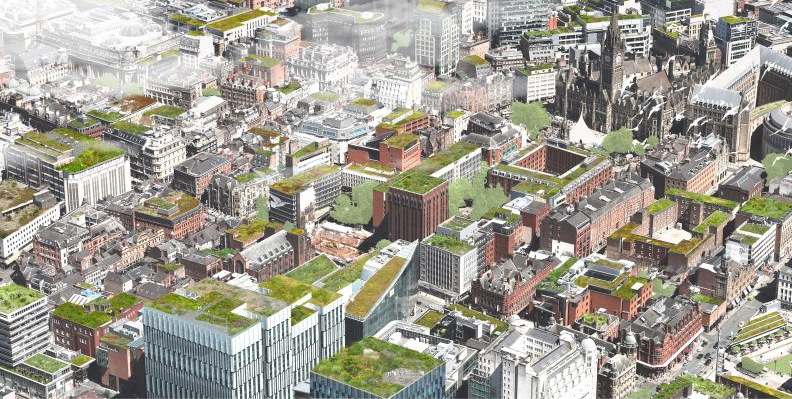
The Northern Forest Project, Manchester
Green roofs also help to create storm water run-off retention where the water is used by the planting and then returns to the atmosphere via transpiration and evaporation. Great recycling! With lower run-off, sewers are under less strain during peak flow periods.
Planting can absorb air-carried pollutants and lessen the production of smog. Of course, importantly it also encourages biodiversity and eco-system restoration.

Leeds University, green roof - Gold Leaf award winner by Urban Planters
Enjoying green walls and roofs
Occupants of the buildings will benefit from the views of these green areas psychologically and if they have access to the roofs, this can also promote social interaction. In some cities, green roofs have been turned into farms growing produce for local residents or businesses.
More information about green walls and roofs:
Plants for Wellbeing by plants@work
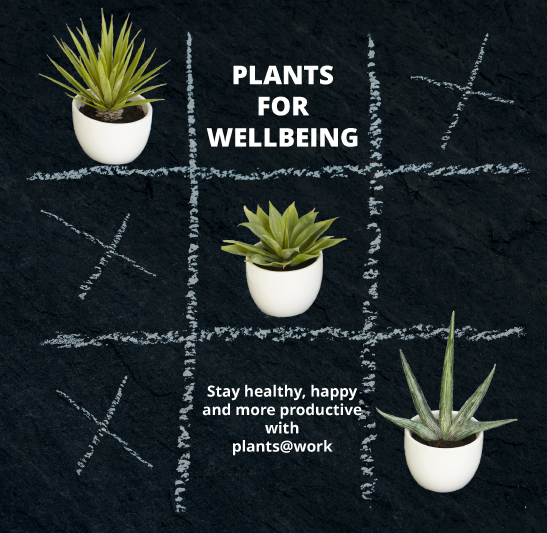
Cities Alive by Arup https://www.arup.com/perspectives/cities-alive
Roof farming in Paris: https://www.theguardian.com/cities/2020/jul/08/the-future-of-food-inside-the-worlds-largest-urban-farm-built-on-a-rooftop
Paris urban rooftop farm https://www.bbc.co.uk/news/av/world-europe-53853788
Bees are the most important living being on the planet – their extinction would mean the end of humanity https://themindunleashed.com/2019/10/bee-declared-most-important-living-being-on-the-planet.html